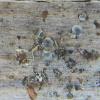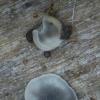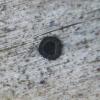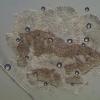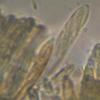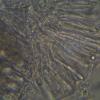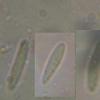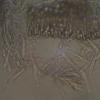
19-11-2012 16:30
Bonjour à tous,Voici quelques espèces récoltée

17-11-2012 20:41
Hi to allHave you a modern description of Anthosto

15-11-2012 16:05
Hello,Knows or has someone some literature about F

17-11-2012 22:17
Esquivel-Rios EduardoHi All.I found this fungi in a dead trunk with tru

15-11-2012 17:21
Bonjour! Existe-t-il des documents portant sur l'
Mollisia s/ Gentiana lutea
Luc Bailly,
19-11-2012 16:30
Voici quelques espèces récoltées lors du congrès de la SMS dans le Jura, tourbière du Lac des Rouges Truites. La plupart ont été récoltées sur tiges mortes de Gentiana lutea.
Mollisia récolté sur tige morte de G. lutea.
Apoth. gris clair à gris foncé, plus ou moins cendré, d'aspect banal, -> 1 mm, en petits groupes.
Asques non matures pour la plupart, à crochets, IKI BB.
Spores hyalines, huile=1, 8-12 x 2-2.2 µ.
Paraphyses moyennement réfringentes, KOH jaune +++, x 2.5-3 µ
Poils non remarquables.
J'ai pensé à Mollisia alcalireagens, mais les spores sont trop grandes. Quelqu'un aurait-il une idée?
Amitiés - LUC.


